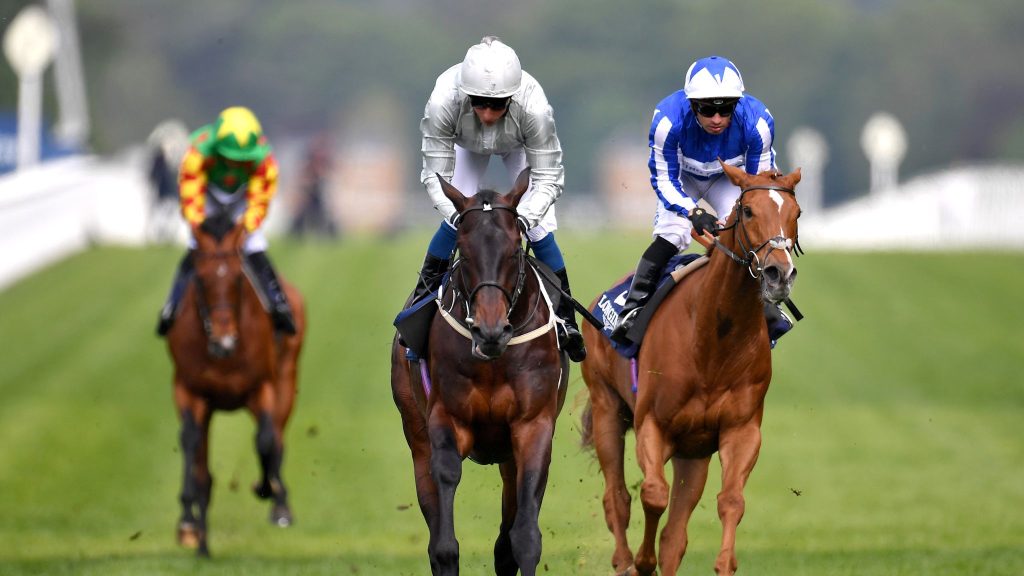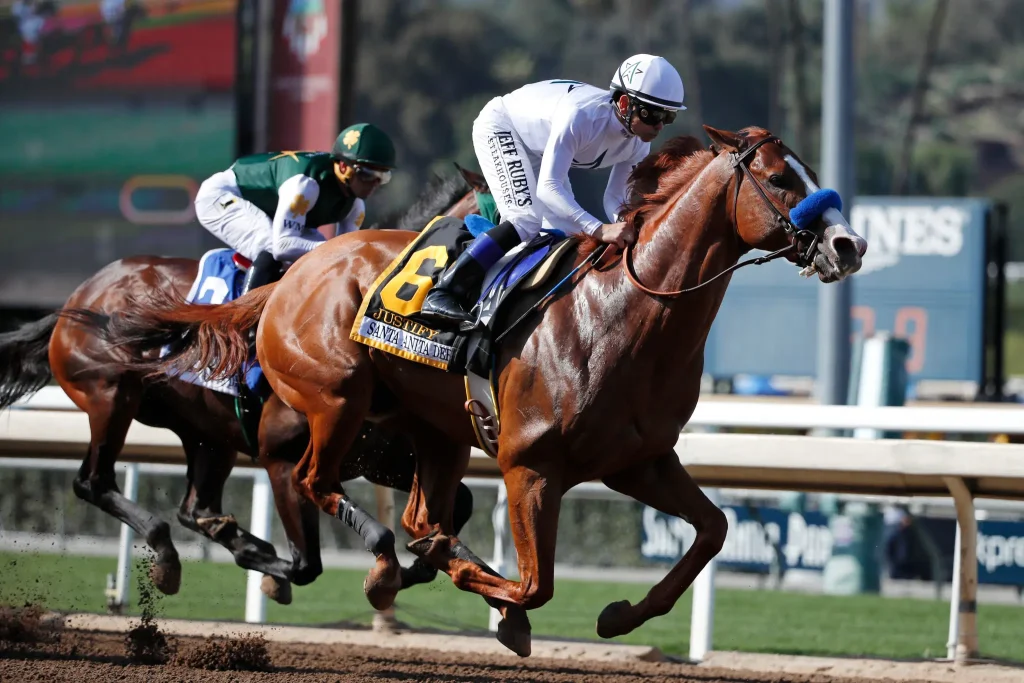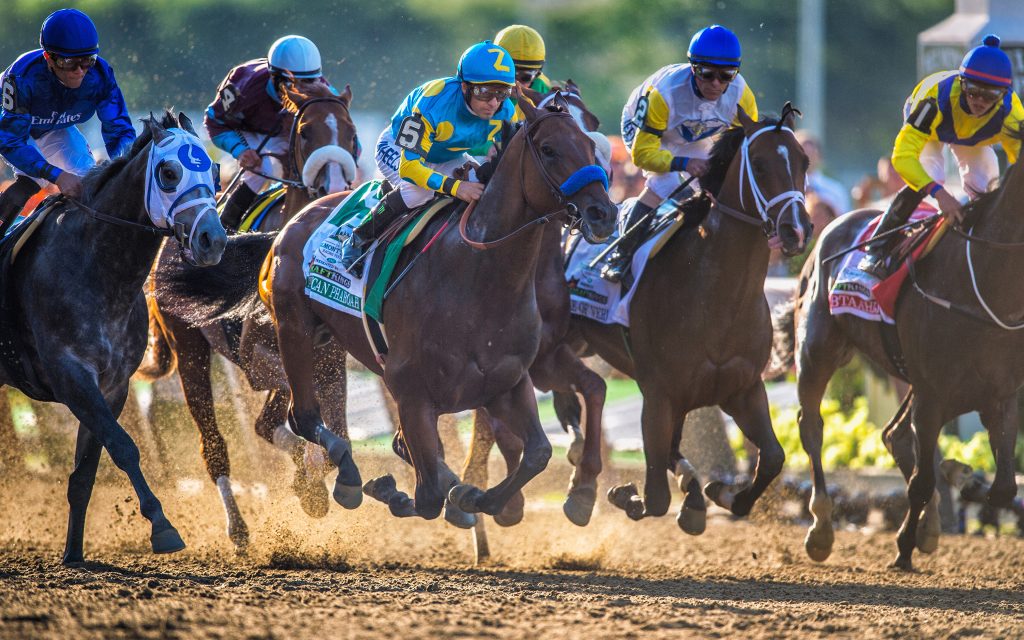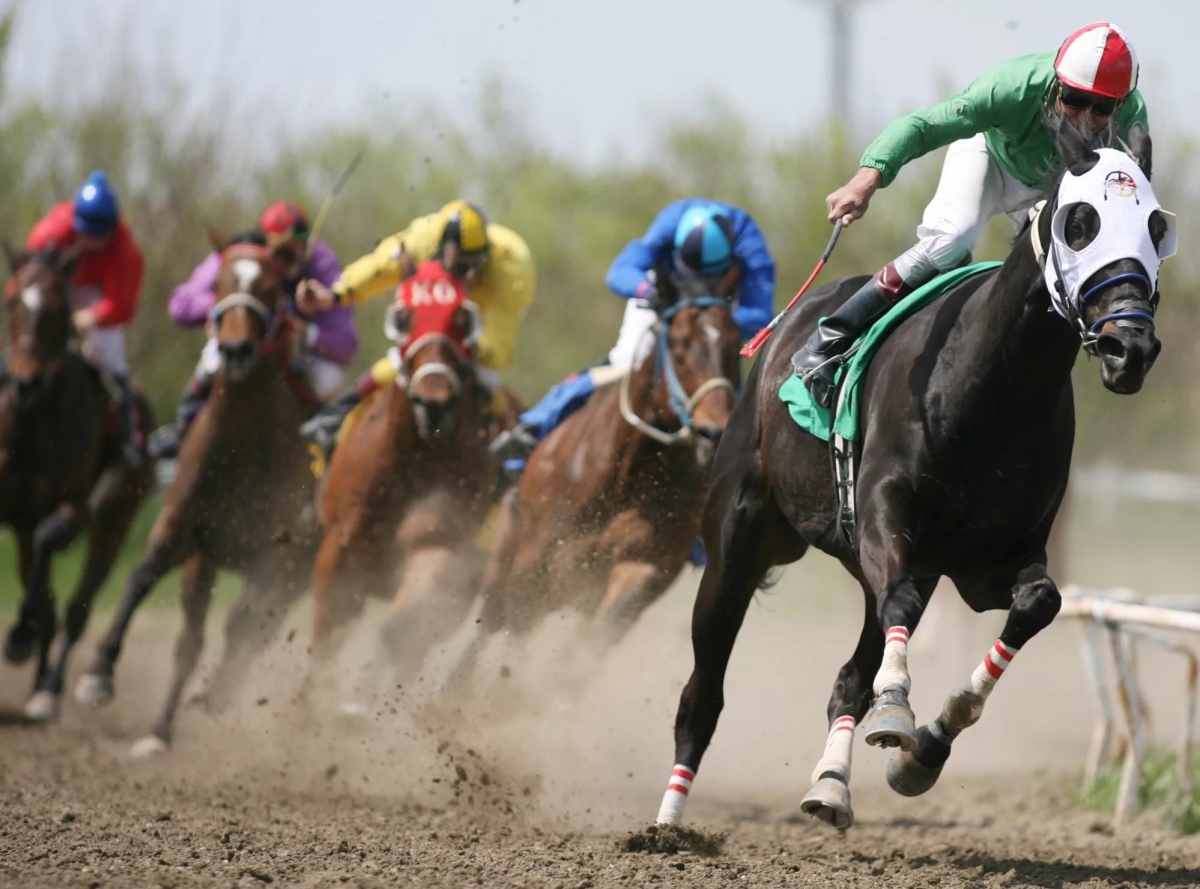Introduction
Horse racing has a rich history in the United States, and North Dakota is no exception to this tradition. Nestled in the northern plains, this state offers a unique blend of agricultural heritage and equine culture, making it an interesting backdrop for horse racing enthusiasts. While often overshadowed by larger racing venues in neighboring states, North Dakota has established its own niche within the racing community. The history, current landscape, and future prospects of horse racing in North Dakota reveal a story of resilience, community, and passion for the sport.
Historical Overview Of Horse Racing In North Dakota
The roots of horse racing in North Dakota can be traced back to the late 19th century when settlers began to establish farms and communities across the state. Initially, horse racing was a form of entertainment and social gathering for early pioneers. Local fairs and community events often featured races, where farmers would compete with their horses, showcasing their speed and stamina. As these events gained popularity, more organized races began to emerge, paving the way for a more formal racing culture.
In the early 20th century, North Dakota saw the establishment of several racetracks, which became hubs for the local racing community. The most notable tracks included the North Dakota State Fairgrounds in Minot and the State Fairgrounds in Fargo. These venues played a crucial role in promoting horse racing as a legitimate sport, attracting not only local participants but also spectators from surrounding regions. The racing events offered a sense of excitement and camaraderie, fostering a community spirit among attendees.

However, like many states, North Dakota faced challenges during the mid-20th century, including economic fluctuations and changing social dynamics. The popularity of horse racing waned, and several tracks closed or reduced their operations. Despite these setbacks, the passion for the sport persisted, laying the groundwork for a revival in subsequent decades.
The Modern Racing Scene
Today, North Dakota’s horse racing scene has experienced a resurgence, with a renewed focus on promoting the sport and attracting both participants and spectators. The state is home to several racetracks that host live racing events, including the North Dakota Horse Park in Fargo and the Minot Horse Race Park. These venues have become vital components of the local equine industry, providing opportunities for trainers, owners, and jockeys to showcase their skills and compete for prizes.
The North Dakota Horse Park, in particular, has established itself as a premier destination for racing enthusiasts. With its state-of-the-art facilities, the park hosts a variety of races throughout the summer months, including thoroughbred and quarter horse events. The track’s commitment to maintaining high standards of safety and equine welfare has garnered respect within the industry and among participants.
In addition to live racing, simulcast betting has gained popularity in North Dakota. This allows fans to wager on races happening at tracks across the country from the comfort of their local establishments. The convenience of simulcasting has expanded the reach of horse racing in the state, attracting a broader audience and generating additional revenue for local businesses.
The Role Of Horse Racing In The Local Economy
Horse racing plays a significant role in the local economy of North Dakota, impacting various sectors, including agriculture, tourism, and entertainment. The equine industry contributes to job creation, with many individuals employed in training, breeding, and supporting roles at racetracks. Local farms and stables benefit from the demand for racehorses, further strengthening the agricultural ties within the community.
Moreover, horse racing events serve as major tourism attractions, drawing visitors from across the region. Fans travel to experience the thrill of live races, often coinciding their visits with local fairs and festivals. The influx of tourists during racing season provides a boost to local businesses, including hotels, restaurants, and shops. This symbiotic relationship between horse racing and the local economy highlights the importance of the sport in promoting community growth and development.
In recent years, the North Dakota Horse Racing Commission has actively worked to enhance the economic impact of racing in the state. By promoting events and supporting marketing initiatives, the commission aims to attract a wider audience and increase participation in the sport. This strategic approach has led to collaborations with local businesses and organizations, further integrating horse racing into the fabric of North Dakota’s economy.
Horse Racing And Community Engagement
The sense of community surrounding horse racing in North Dakota is palpable, as the sport brings people together from diverse backgrounds. Local racetracks often host events that foster community engagement, including family-friendly activities, live music, and food festivals. These gatherings create a festive atmosphere that allows fans to connect and celebrate their shared love for the sport.
Moreover, horse racing serves as a platform for education and awareness about the equine industry. Many racetracks organize outreach programs aimed at educating the public about horse care, training, and the importance of responsible ownership. These initiatives not only promote a better understanding of the sport but also help cultivate future generations of horse racing enthusiasts.
In addition to educational efforts, local organizations and charities often collaborate with racetracks to host fundraising events. These events leverage the excitement of horse racing to raise funds for various causes, from animal welfare organizations to community development projects. The willingness of the racing community to support local initiatives demonstrates the deep-rooted values of collaboration and compassion within North Dakota’s horse racing culture.

Challenges Facing Horse Racing In North Dakota
Despite its resurgence, horse racing in North Dakota faces several challenges that require attention and innovative solutions. One of the primary issues is competition from neighboring states, particularly those with larger and more established racing programs. States like South Dakota and Montana have been able to attract significant investment in their racing industries, making it imperative for North Dakota to find ways to enhance its offerings and remain competitive.
The regulatory landscape surrounding horse racing can be complex and cumbersome. The North Dakota Horse Racing Commission plays a vital role in overseeing the industry, ensuring compliance with state laws and regulations. However, navigating these regulations can be challenging for newcomers to the sport, potentially discouraging participation. Streamlining processes and providing clear guidance could encourage more individuals to engage in horse racing, fostering growth and sustainability within the industry.
The economic impact of horse racing also hinges on maintaining high standards of equine welfare and safety. As public awareness of animal welfare issues continues to grow, it is essential for the racing community to prioritize the health and well-being of the horses. Implementing best practices in training, care, and veterinary support will not only enhance the reputation of horse racing but also attract more participants and spectators who value ethical treatment.
The Future Of Horse Racing In North Dakota
Looking ahead, the future of horse racing in North Dakota appears promising, provided that stakeholders come together to address the challenges and seize opportunities for growth. The increasing interest in equine activities, coupled with the state’s rich agricultural heritage, positions North Dakota as an ideal location for the continued development of horse racing.
One potential avenue for growth lies in the expansion of racing events and festivals. By creating more diverse racing experiences, including themed events, family-oriented activities, and collaborations with local businesses, North Dakota can attract a broader audience. This approach not only enhances the racing experience but also strengthens community ties, encouraging local participation and support.

Furthermore, embracing technology can play a pivotal role in shaping the future of horse racing. From online betting platforms to social media marketing, leveraging modern tools can help reach younger audiences and engage them in the sport. By establishing a strong online presence and utilizing digital marketing strategies, North Dakota can effectively promote its racing events and attract new fans.
Collaboration with neighboring states can also foster growth within the industry. By forming partnerships to host joint events, share resources, and cross-promote racing activities, North Dakota can tap into a larger market and elevate its standing in the regional racing community. This cooperative approach could lead to increased participation and a vibrant racing culture that benefits all stakeholders involved.
Conclusion
Horse racing in North Dakota is a testament to the state’s rich agricultural heritage and the enduring passion of its people. From its historical roots to its modern resurgence, the sport has evolved while maintaining its core values of community engagement and tradition. As North Dakota continues to navigate the challenges and opportunities within the racing landscape, the collective efforts of stakeholders, participants, and enthusiasts will be crucial in shaping a vibrant and sustainable future for horse racing in the state. With a focus on community, education, and innovation, North Dakota’s horse racing scene has the potential to flourish, captivating the hearts of both locals and visitors alike for generations to come.

